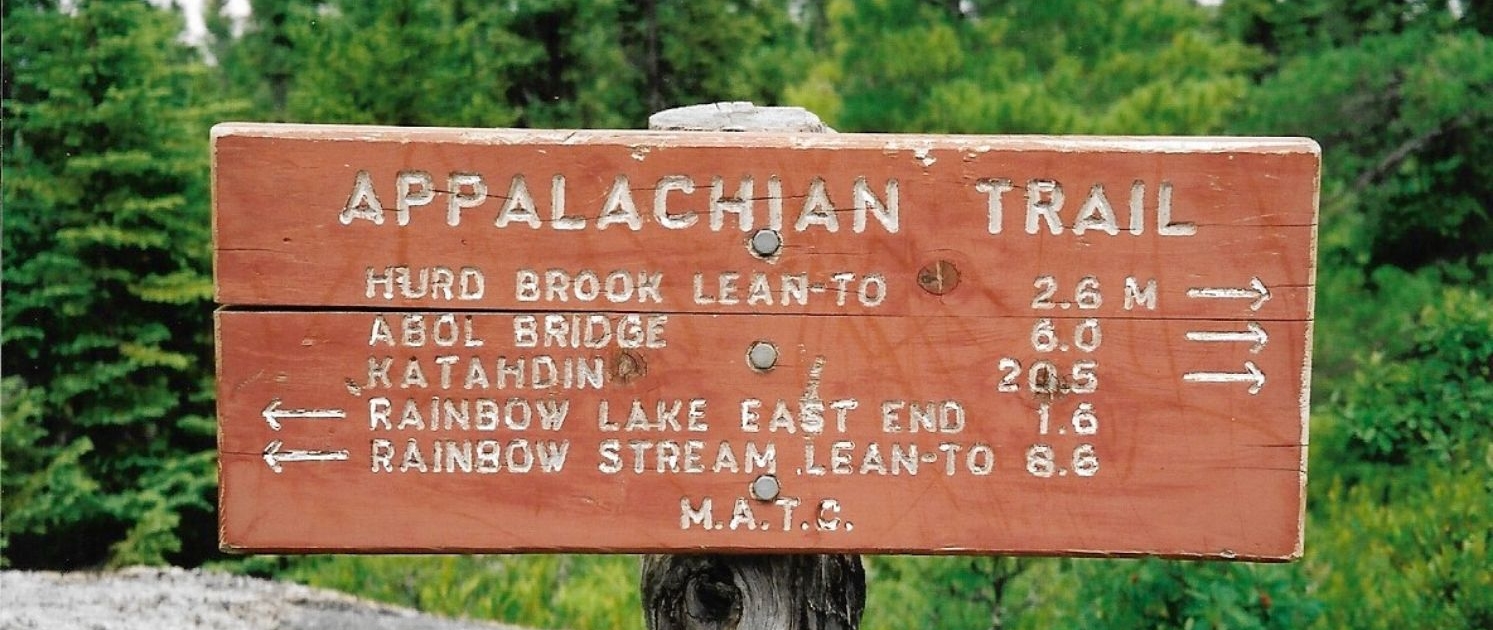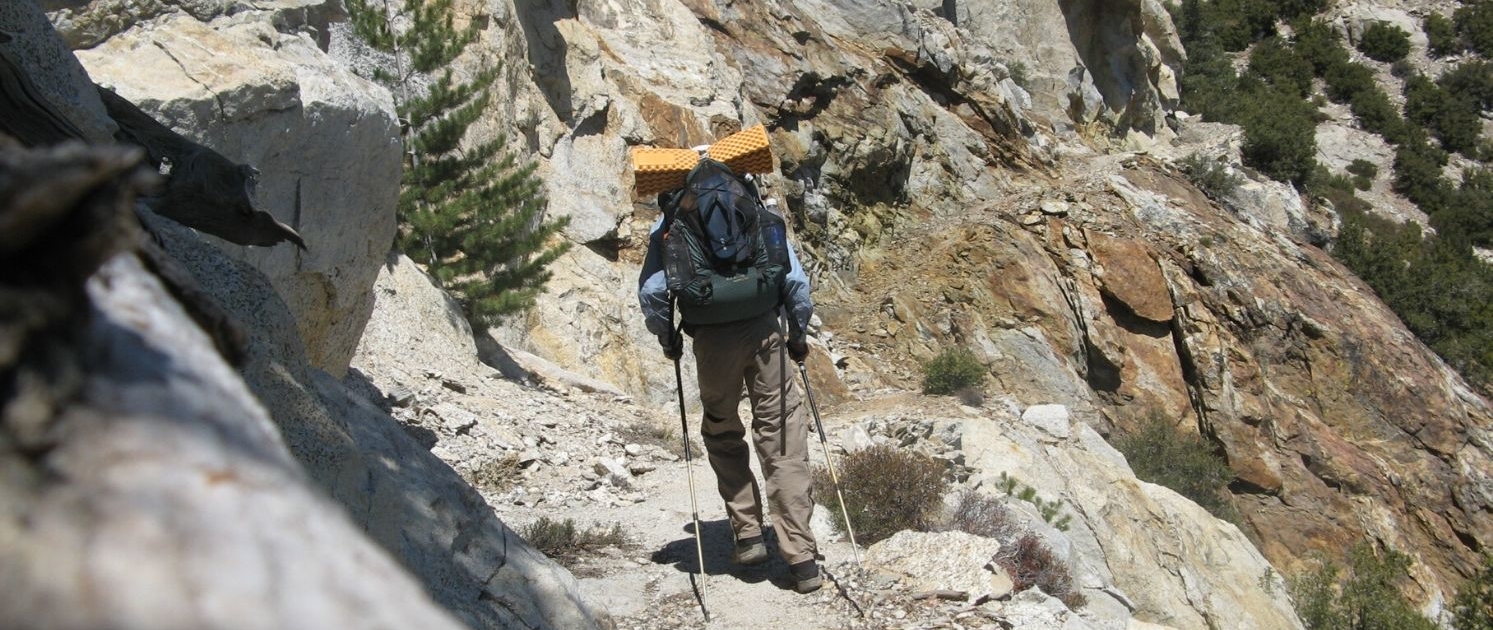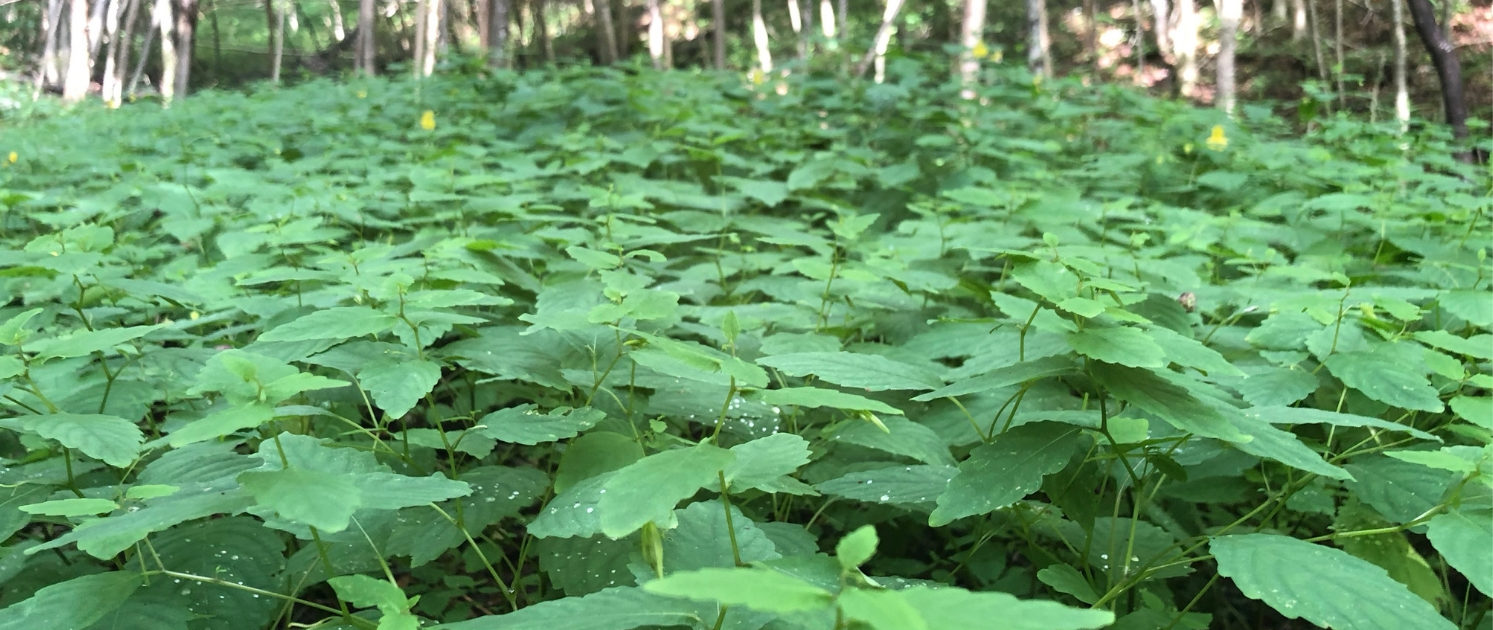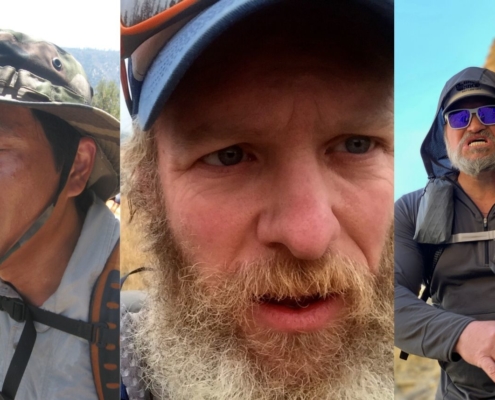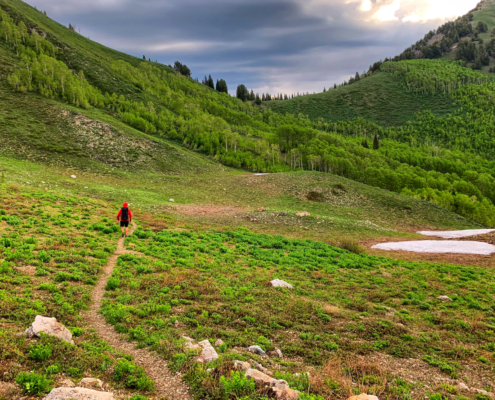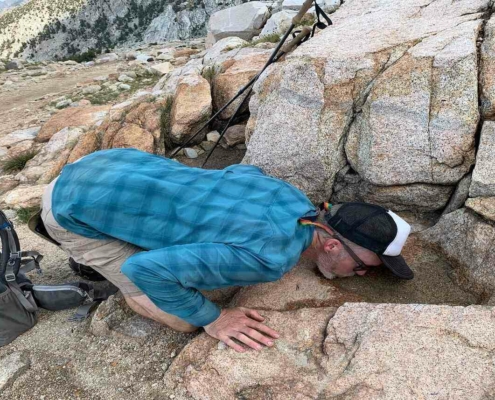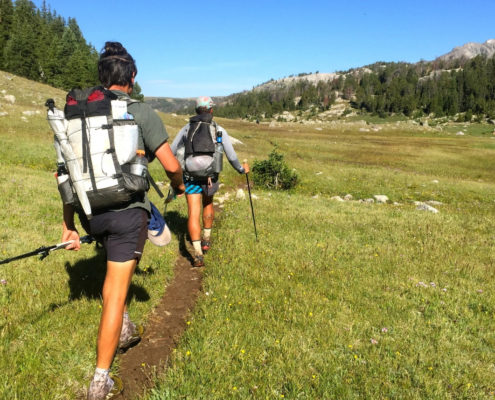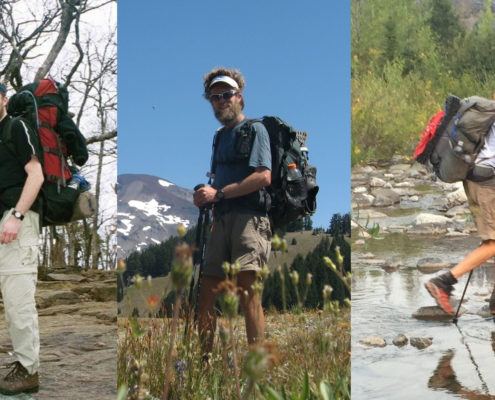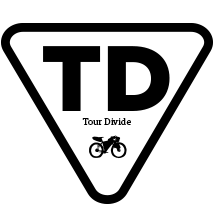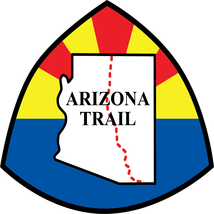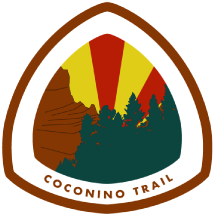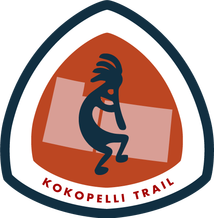I started hiking with a 1.3 liter pot and the MSR Whisperlite International, which is one of the most versatile stoves ever made. At the time it was fine for my beginner hiking style. With its ability to burn multiple fuels, easy set up and serviceability it was a great stove for a first time hiker/backpacker.
When taken as a whole, stove and fuel bottle, , this system was not a compact and simple enough for my advancing skills.
By the time I got to the Appalachian Trail my hiking and technology had advance. The Whisperlite, with its priming, maintenance, large fuel bottle and bulkiness, was outdated for the AT and my needs. I switched to the MSR Superfly. It was smaller, lighter, more compact, and took less time to operate. The Superfly was great, but personally found some drawbacks (stability and it was susceptible to wind). My hiking continued to progress and as it did, I wanted more from my hiking cook set up, so I continued to refine it. While on the AT I made and attempted to use an alcohol stove. The results weren’t great so I went back to the Superfly.
After the Appalachian Trail I made another soda can stove for my thru-hike of the Long Trail. I had my doubts at first but finally stuck with it. I also down sized my pot to a .9 liter Evernew Titanium. For just one person I didn’t need the 1.3 liter.
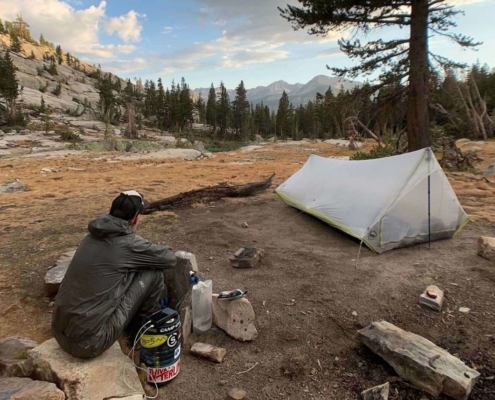 https://oneofsevenproject.com/wp-content/uploads/2020/04/rsz_1untitled_design_83.jpg
857
1493
Craig Fowler
http://oneofsevenproject.com/wp-content/uploads/2017/01/1of7-logo-lockup-grey-1132x212-300x56.png
Craig Fowler2020-04-21 12:02:372024-11-28 10:36:00How to Pick the Perfect Campsite
https://oneofsevenproject.com/wp-content/uploads/2020/04/rsz_1untitled_design_83.jpg
857
1493
Craig Fowler
http://oneofsevenproject.com/wp-content/uploads/2017/01/1of7-logo-lockup-grey-1132x212-300x56.png
Craig Fowler2020-04-21 12:02:372024-11-28 10:36:00How to Pick the Perfect Campsite



